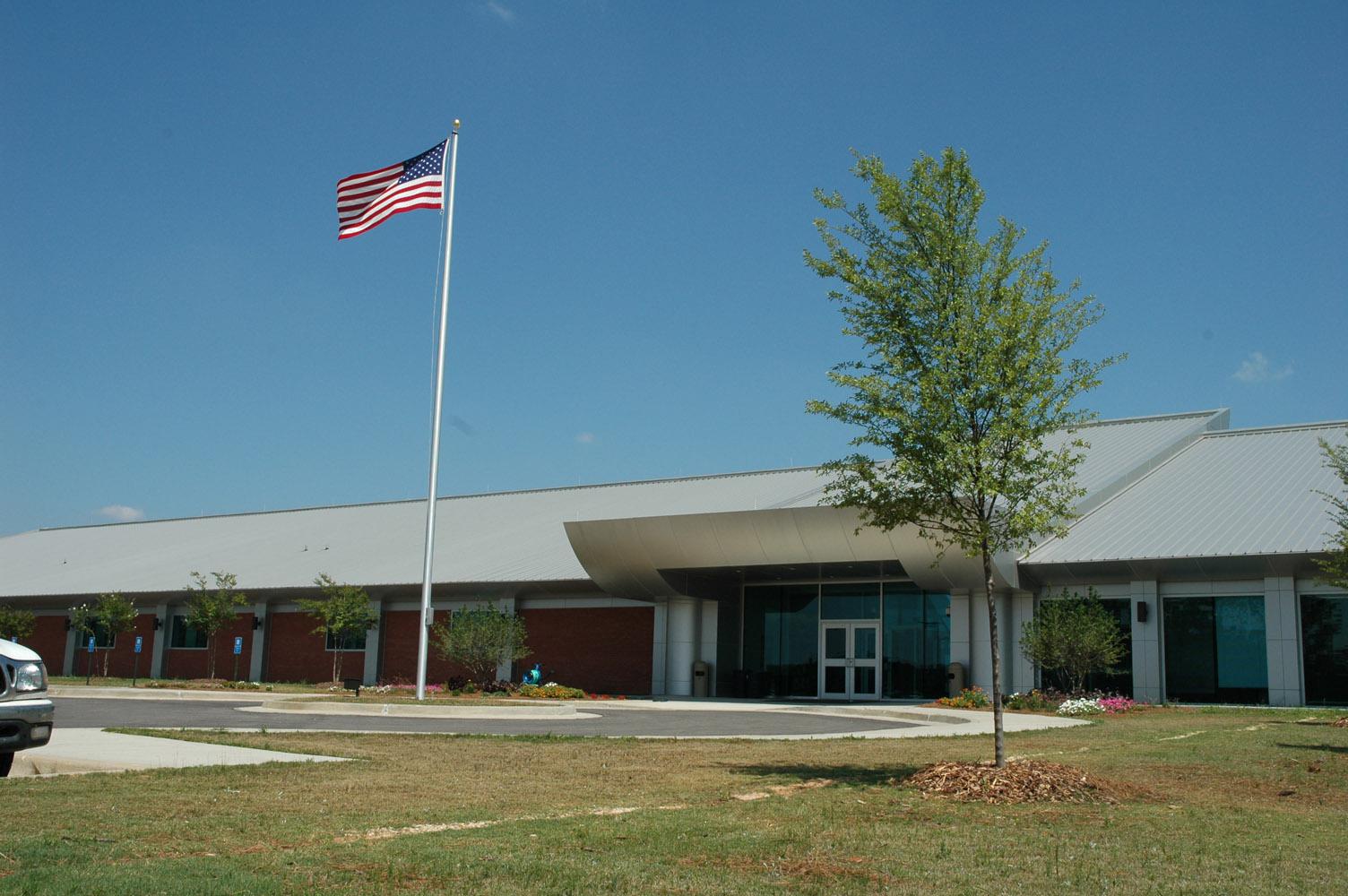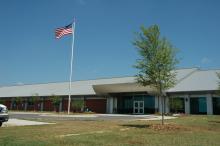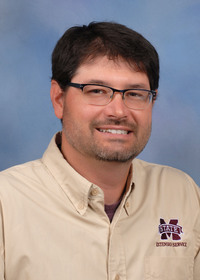Information Possibly Outdated
The information presented on this page was originally released on July 6, 2006. It may not be outdated, but please search our site for more current information. If you plan to quote or reference this information in a publication, please check with the Extension specialist or author before proceeding.
New Poplarville lab supports horticulture
MISSISSIPPI STATE -- Most people looking at the new U.S. Department of Agriculture horticulture laboratory in Poplarville see brick, concrete, glass and steel. Jim Spiers sees something else -- cooperation.
Spiers is the USDA-Agricultural Research Service research leader at the facility, which was dedicated in May as the Thad Cochran Southern Horticultural Laboratory in honor of U.S. Senator Thad Cochran (R-Miss.).
“The new building allows USDA and Mississippi State University scientists to cooperate on research much more closely that was possible in the past,” Spiers said.
The laboratory is located on the grounds of MSU’s South Mississippi Branch Experiment Station in Poplarville. USDA-ARS and MSU personnel with the Mississippi Agricultural and Forestry Experiment Station have worked together at the South Mississippi Branch since the 1940s, but laboratory space and other facilities for cooperative research have been limited.
“In addition to office and meeting facilities, the new building contains laboratories for entomology, plant pathology, horticulture, genetics and other specific types of research,” Spiers said. “These are not USDA-ARS or MSU labs, they are shared by all the scientists doing work in a particular discipline.”
Work in the laboratories, research plots and greenhouses at the South Mississippi Branch is aimed at improving cultural and management practices for the production of small fruits, ornamental plants, vegetables, melons and other crops grown in the Gulf Coast region, which stretches from Florida to Texas.
“The blueberry industry in the region is a good example of the importance of research conducted at Poplarville,” said Patricia Knight, head of MSU’s Coastal Research and Extension Center, with includes the South Mississippi Branch. “When blueberry research began at Poplarville in the 1970s, there were no commercial blueberry plantings in Mississippi, Alabama, Louisiana or Texas. The research, combined with the education programs of the Extension services in the Gulf states, helped producers develop an industry with a significant economic impact in the region.”
There also is a strong relationship between the research scientists and Extension personnel at the Poplarville facility and the diverse ornamental plant industry in the Gulf region.
“The mission of the ornamental plant group is to develop information and products to benefit the region’s ornamental plant industry,” Knight said. “The facilitates at the Southern Horticultural Laboratory will help our research and Extension personnel better serve the industry’s needs.”




